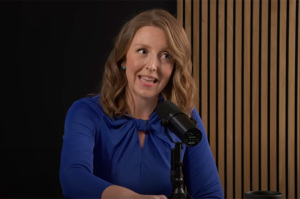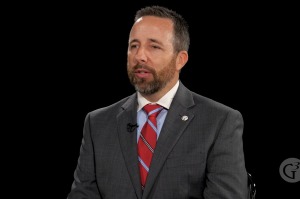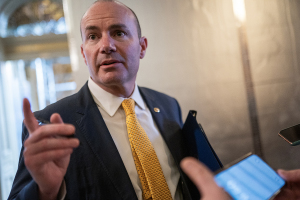Despite COVID-19, Wycliffe Associates sees record number of Bible translations

Despite challenges presented by the pandemic, Wycliffe Associates saw the completion of more Bible translations in 2020 than in any other single year.
Wycliffe, an international organization that empowers mother-tongue Bible translators and partners with local churches in the advancement of Bible translation, said that last year, New Testament translations were completed in 141 languages. Now, eight additional languages have completed translations of the Old Testament.
Tim Neu, interim president and CEO of Wycliffe Associates, said that instead of slowing down because of COVID-19, for some national Bible translators, translation has “actually accelerated.”
“I’ve been humbled to see how believers in difficult areas, some in places of intense persecution and real danger, have been absolutely unwavering in their dedication to the cause,” Neu said.
In response to the COVID-19 pandemic, Wycliffe Associates leveraged the power of technology to accelerate Bible translation, allowing mother-tongue translators to participate remotely in a virtual Bible translation event and collaborate throughout the translation and checking process.
“COVID lockdowns kept Bible translators home,” said Neu, “but our online Bible translation system enabled many to continue their work together.”
Wycliffe Associates, which has led the effort to translate the Bible into every language for 79 years, has 773 Bible translations in progress and has received requests from 273 language groups seeking help with launching Bible translations in 2021.
In March 2020 Wycliffe Associates released a new translation of the New Testament in a new concept-based language that deaf and blind people across the globe can begin learning in less than a week.
The new notation is called SUN (Symbolic Universal Notation) and it is a symbolic representation of the words in Scripture developed by Wycliffe Associates, a prominent Bible translation organization, over the course of the last four years. SUN aims to provide a pathway to Christ for millions of deaf and blind people who have no other way of effectively communicating with the world.
“This is the first that I have seen or heard of anything like this in Bible translation,” SUN Program Director Lori Jenkins told The Christian Post at the time. “Basically, what we have done is taken the New Testament and broken it down into the main concepts of each of the verses and each of the chapters. For each concept, we have created a symbol.”
According to Wycliffe Associates, SUN has the potential to reach about 56 million people with the Gospel who may not otherwise be able to access it. SUN was developed by a former volunteer named Emily Wang, who was inspired after finding out that over 600,000 people worldwide are both deaf and blind.
Wycliffe Associates estimates that there are 70 million people in the world who are born deaf and about 80 percent of them can’t communicate in their local sign language.
“Only about 20 percent of the deaf population of the world has access to education,” Jenkins said. “So the question is, ‘How do you provide a Bible for those that have no education at all?’ And this is the problem that SUN answers.”
Through a team of 400 online volunteers across the United States who created symbols to represent the precepts found in Scripture, the production of the SUN New Testament took about 1.5 years.
In recent years, technology has allowed the Bible — the bestselling book in the world — to reach millions in new and innovative ways. The number of languages with the full Bible has nearly doubled in the past 30 years, from 351 in 1990 to 700 in 2020, according to statistics.
According to the State of the Bible 2020 report released earlier this year by the Barna Group and the American Bible Society, most Bible readers (65%) prefer a printed version. However, millennials are about as likely to read the Bible digitally (52%) as they are in print (48%). Americans who live in a household that owns a Bible (77% of the population) are as likely to use a Bible app as those without a Bible in the house (56% vs. 55%).





























